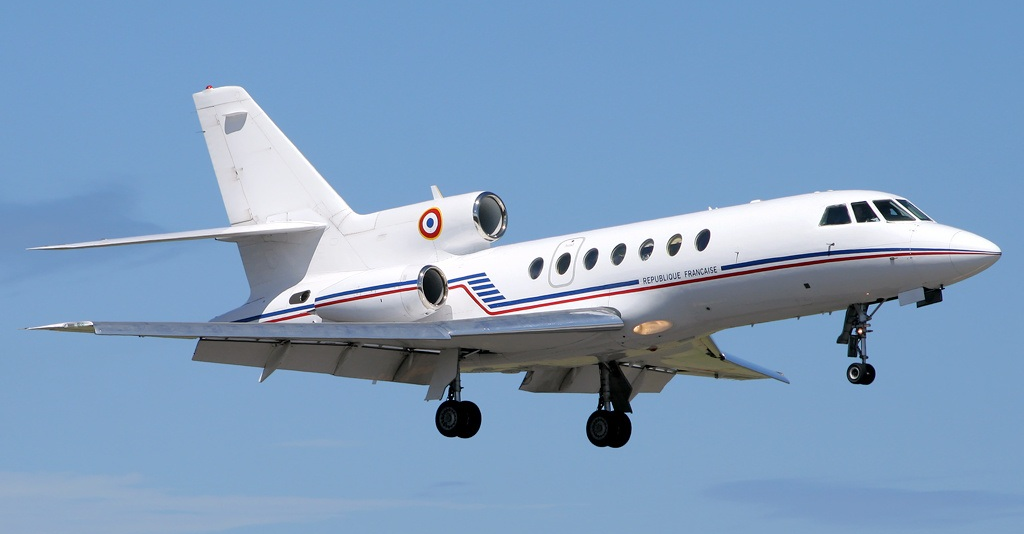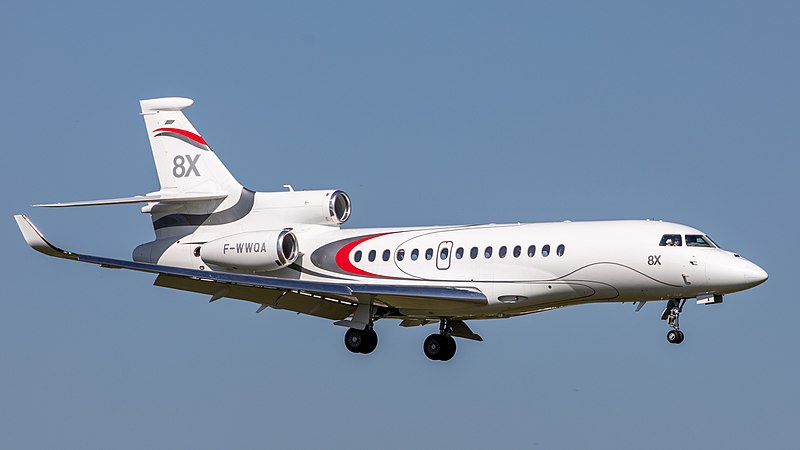Owning a business jet and chartering it out when idle appears attractive and potentially lucrative. However, this idea needs to be closely examined for the complexities and hidden costs that can render this scenario far less profitable than you might think. Various aspects of business jet ownership and chartering challenge the profitability of chartering out your private jet.
The Concealed Costs of Jet Ownership
Owning a private jet offers unparalleled luxury and convenience. Yet, beneath the luxury lies a maze of hidden expenses that can erode your potential profits. The necessity for regular upgrades in the fiercely competitive charter market is one such cost. Staying abreast of the latest avionics, entertainment systems, and cabin configurations is essential and can drive annual upgrade costs from $100,000 to $500,000. This outlay of cash, while ensuring a competitive edge, swells the already hefty price tag of jet ownership.
Maintenance is another significant expense that looms over jet owners. The imperative of passenger safety necessitates regular and rigorous maintenance, encompassing minor repairs to substantial overhauls, with annual costs ranging from $500,000 to $1 million. Neglecting maintenance jeopardizes not only safety but also potential revenues from chartering.
Operational costs encompassing fuel, insurance, taxiing, and other recurrent expenditures, further compound the financial intricacies of ownership. Insurance premiums alone can span from $47,000 to $70,000 to cover liability. Hangar fees, often overlooked, can vary from $81,000 to $160,000 annually. The employment of pilots or flight crews, mandatory for operational jet ownership, further inflates operational costs. With the need for multiple pilots or a full crew for frequent use, this expense becomes a significant portion of overall private jet ownership costs.
The Peril of Depreciation
Understanding the intricacies of aircraft depreciation is imperative for potential jet owners. Factors such as the jet's make and model, fleet size, fleet age, technological obsolescence, economic conditions, operating costs, and utilization change its depreciation trajectory.
Navigating Laws and Regulations
Compliance with a complex web of laws and regulations is a daunting task faced by jet owners, especially when chartering an aircraft for financial gain. The aviation sector stands among the most stringently regulated industries globally, governed by entities spanning international, national, and local jurisdictions.
The Federal Aviation Administration (FAA) is a central authority in the United States, safeguarding civilian aviation. However, compliance extends beyond the FAA to encompass other regulatory bodies such as the Environmental Protection Agency (EPA), the Department of Transportation (DOT), and the Occupational Safety and Health Administration (OSHA). Non-adherence to these mandates can yield severe penalties, from revoked airworthiness certificates to potential criminal charges, injecting a legal dimension into the intricate enterprise.
Moreover, the evolution of rules and regulations in response to technological advancements and industry lessons further complicates compliance. International charter operations necessitate adherence to international aviation laws and regulations, adding an additional layer of complexity.
The Economics of Chartering a Jet
The economics of chartering a jet depend on the ever-changing market dynamics, including supply and demand, competition, and economic trends. These factors combine to determine charter fees, which can sometimes be unexpectedly lower due to market saturation or reduced demand. Additionally, brokers' involvement as intermediaries further adds to the financial complexities and reduces net revenues for jet owners.
Charter frequency, influenced by weather, economic conditions, and market saturation, may only sometimes meet expectations.
The Reality of Profitability
Chartering out their business jet when idle is a strategy employed by many aircraft owners to reduce the costs of ownership. However, achieving genuine profitability with this plan is a challenge due to the substantial impact of operational expenditures.
For instance, let's consider chartering a Bombardier Challenger 300 for 300 hours per year. This usage could generate an estimated revenue of approximately $2.4 million. However, when we juxtapose this with variable costs that average around $4,824 per hour for a Challenger 300, the resultant net revenue could be approximately $952,800. This substantial sum must then be evaluated against the fixed costs associated with owning and operating a Challenger 300, leaving owners grappling with a deficit surpassing $3.2 million.
Exploring Alternatives
In light of the intricate nature of the challenges and expenses involved, alternative approaches to jet ownership are increasingly popular. Fractional ownership, which entails shared ownership accompanied by assured usage hours and jet card memberships that provide pre-purchased flight hours, emerges as a practical avenue for experiencing private aviation's advantages without shouldering the entirety of ownership responsibilities.
The dream of business jet ownership coupled with chartering is tempting, yet its intricacies call into question its potential profitability. The array of concealed costs, the threat of depreciation, regulatory compliance, fluctuating economics, and operational complexities collectively conspire to challenge the profitability of this venture. Alternative solutions offer pathways to private aviation without the complexities of ownership. Ultimately, the decision hinges on individual needs, financial capacities, and travel frequency.


